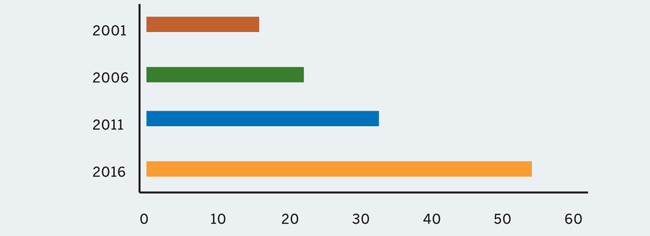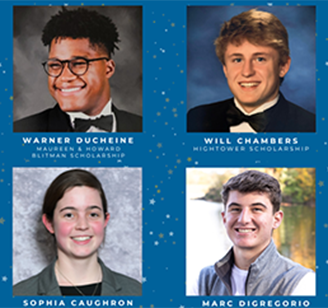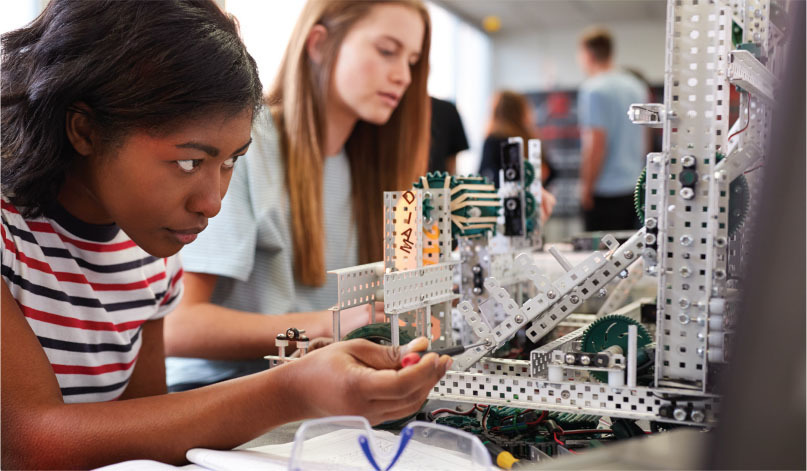September/October 2016
Communities: Education
A Different Type of Program Achieves Different Results: A Majority of Women
As schools work to attract and retain female engineering students, one institution has achieved an historic milestone. In June, Dartmouth College became the first national research university to award a majority of engineering bachelor’s degrees to women.
Dartmouth’s success comes with a different type of degree—a bachelor of arts (AB) in engineering sciences that combines engineering and the liberal arts. Students who take additional courses can earn the ABET-accredited bachelor of engineering (BE) degree, but it’s the former program that awarded 54% of its degrees to women this year.
Nationally, the percentage of female engineering students has been inching upward—from 18% of undergraduate degrees awarded in 2009 to 20% of undergraduate degrees in 2015, according to the American Society for Engineering Education. But the ratio is still far from balanced.
Dartmouth’s different approach manifests in various ways, starting from its application process. Students don’t apply directly to the engineering school, as they do at some other institutions. “Students have complete freedom of choice whether or not they’re interested in engineering,” says Joseph Helble, dean of Dartmouth’s Thayer School of Engineering.
And over the last 20 years, the school has taken deliberate steps to bring in students who may not have originally considered the field. For instance, by implementing entry-level courses for nonmajors that expose them to engineering thinking and hands-on design.
Students are asked not only to come up with solutions but also to identify a problem they’re interested in solving. This makes engineering more appealing, says Helble, and gets students invested.
In addition, design is incorporated early for those pursuing the major, with only basic math knowledge required in the first project-based learning class.
Dartmouth has been able to attract more students, and especially women, by letting them use their creativity to solve real-world challenges, Helble explains. “They quickly learn how their creativity and engineering skills can make a real difference.”
According to the dean, this approach and the AB program itself “provide a flexible entry point.” Once students experience success, he adds, the “vast majority” complete their BE degree as well.
The school has also worked hard to give students access to female role models and mentors—not just faculty but also teaching assistants, review board members, and technical staff. This makes a “huge difference,” says Helble. “Everywhere they turn, they see talented men and women in positions of leadership and responsibility.”
Dartmouth has also concentrated on increasing its ethnic and racial diversity among engineering students—with its focus on real-world design aimed at this goal as well.
As the dean puts it, one needs only to pick up a newspaper to see the importance of attracting and retaining the broadest possible set of bright minds. Extraordinarily complex problems require complex technical solutions, Helble says. “Nationally, it’s in our best interest to graduate a diverse and talented group of engineers and engineering thinkers who will tackle some of these problems.”
He hopes that his school’s achievement is just the start of a national trend.


 Volunteering at NSPE is a great opportunity to grow your professional network and connect with other leaders in the field.
Volunteering at NSPE is a great opportunity to grow your professional network and connect with other leaders in the field. The National Society of Professional Engineers (NSPE) encourages you to explore the resources to cast your vote on election day:
The National Society of Professional Engineers (NSPE) encourages you to explore the resources to cast your vote on election day:




